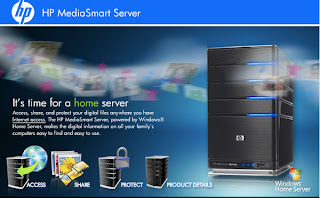
Hence, this blog.
I am a gadget freak, even for the stuff I have not bought or cannot afford. Watching the advancement (and sometimes, regression) of technology is fascinating to me. I am not a professional technology columnist or author, just an interested citizen.
Our home is Mac. My client's work sites are Windows. I am an artist-
actor, writer, musician, and have made a living using those skills. I also have a consulting business for the last 15 years or so, mostly with clients who are entrenched in the corporate Windows world. So, I've used both platforms, and am comfortable with both. There are many things I
like about each, and many things I don't. On balance, I prefer the Apple experience, even at a price premium. I have used regular cell phones and smart phones, including the Palm Treo 650 (running the
Palm OS, formerly
BeOS), and currently, Apple's iPhone. I use Google apps a lot.
I am a tongue-in-cheek Apple evangelist at work, and the resident "iPhone expert", to quote one manager. But I am not really a Mac zealot, as much as a zealot for any technology that is useful. For most of us, useful means "easy to use, and productive, and relatively cheap". These definitions vary by user, of course, but I'm in the tech industry, both as an artist and as a consultant; I work with computer programmers and computer programs every day, and I am constantly amazed at how
little importance is given to the
user experience in software.
And I don't just mean for your Grandma. I mean for computer geeks, too! There are lots of useful programs out there which are just soooo complicated to use that developers make mistakes with them. Often. A lot of them. Which means business users mistakes. Which means that you, the consumer, who buys stuff (electronics, financial services, cars, home loans, etc.) from these companies may also experience these mistakes, like
problems getting a refund, getting your account hacked, or
delivery of the wrong item, or to the wrong address.
So, just for fun, I'll chronicle my findings of technology that
gets it right: useful, cheap, and easy to use. Feel free to disagree, or compare notes.













